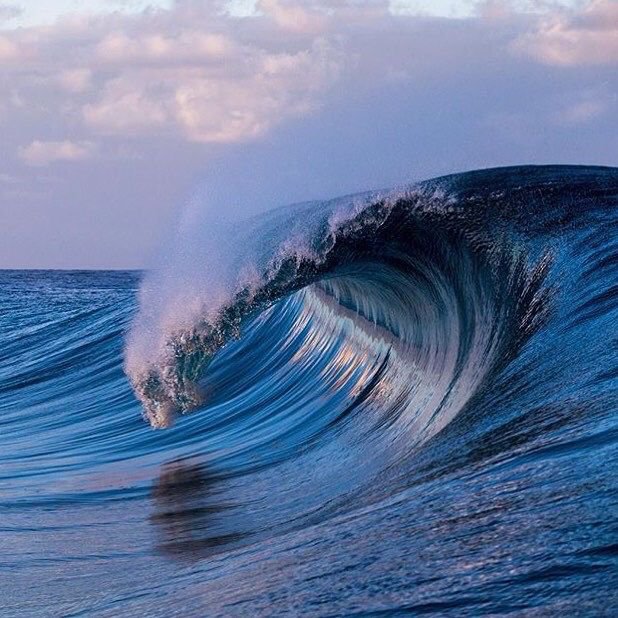Have you ever wondered what it takes to ride the perfect wave? The exhilaration of gliding across the water, the feeling of weightlessness as you carve through the tunnel, and the sense of accomplishment when you finally conquer that massive breaker. It’s a skill that seems almost magical, but behind every successful surfer is a deep understanding of the science at play. Surf camps have become a popular getaway for those seeking to escape the monotony of everyday life and dive headfirst into the exhilarating world of waves. From wave dynamics and oceanography to biomechanics and psychology, there is an intricate web of scientific principles that govern every aspect of riding waves. In this article, we will unravel the mysteries behind surfing’s most sought-after experience and explore how science can help us master this ultimate fusion of athleticism and artistry.
Understanding Wave Formation And Behavior
Understanding wave formation and behavior is crucial for any avid surfer or ocean enthusiast. Waves are a complex phenomenon that occurs as a result of wind, water depth, and the interaction between the atmosphere and the ocean surface. One important concept to grasp is that waves themselves do not actually move through the water; rather, it is energy that travels in a cyclical pattern. This energy transfer causes water particles to move up and down in circular orbits within the wave.
When observing waves from the shore, one may notice their varying shapes and sizes. This is due to several factors influencing wave behavior. Firstly, the distance over which wind blows determines how much energy can be transferred into waves. Additionally, the duration of time that wind blows also plays a role – longer durations create stronger waves with greater distances between crests. The speed at which winds blow can shape waves as well; stronger winds will yield larger and more powerful waves.
The Role Of Oceanography In Surfing
Oceanography plays a crucial role in the world of surfing, as it involves the study of oceans and their various physical, chemical, and biological properties. Understanding these aspects is essential for surfers to predict wave conditions, navigate currents, and maximize their rides. For instance, oceanographers study wave formations and how they interact with sandbars or reefs to create ideal surfing breaks. They also analyze coastal geography to identify potential hotspots for big waves or renowned surf breaks.
Furthermore, oceanography provides valuable insights into weather patterns that impact surfing conditions. By examining factors like wind direction, tides, and swells generated by distant storms, surfers can anticipate the size, shape, and power of incoming waves. This knowledge helps them choose the right equipment and prepare mentally for challenging sessions. Oceanographers do not just unravel the mysteries of currents; they contribute directly to surf forecasting by developing models that consider all these variables.
The Physics Behind Maneuvering On A Wave
When it comes to maneuvering on a wave, there are several key physics concepts at play.
- One of the most important is understanding how waves propagate through water. Waves are created by energy passing through the water, causing particles to move in a circular motion. This circular motion creates a wave pattern that we see and ride on the surface.
- Another crucial aspect is understanding how waves break. As waves approach shallow water, they begin to interact with the bottom, causing them to slow down and increase in height. Eventually, they reach a point where they become unstable and start breaking. The way waves break determines the type of wave and greatly affects how riders can maneuver on them.
- Lastly, there is the concept of balance and weight distribution. To successfully navigate a wave, riders must constantly adjust their weight distribution to maintain stability while also allowing for fluid movement across the wave face. Understanding these physics principles allows surfers to anticipate how waves will behave and make split-second decisions during rides that seem effortless yet exhilarating for those lucky enough to experience them firsthand.
The standout aspect of Mission Beach Surf School is their dedication to student safety. Their highly trained instructors prioritize creating a safe and supportive learning environment, ensuring that students feel confident and secure in their abilities. By focusing on individualized instruction tailored to each student’s needs, Mission Beach Surf School ensures that everyone can progress at their own pace while feeling supported every step of the way.
Conclusion:
Surfing is more than just a sport; it is an art form that requires a combination of skill, intuition, and a deep understanding of the ocean’s energy. While science can provide valuable insights into wave mechanics and oceanography, it is ultimately the experience and creativity of the surfer that transforms these scientific principles into graceful movements on a board.
One could argue that surfing embodies the perfect blend of art and science. The science comes into play when analyzing factors such as swell height, wind direction, tide patterns, and ocean currents. Understanding these elements allows surfers to predict where and when ideal conditions for riding waves will occur. However, it is the artistic aspect that truly differentiates extraordinary surfers from average ones. The ability to read the water’s subtle cues, anticipate wave formations, and respond with instinctive maneuvers adds a level of finesse to surfing that can only be achieved through years of practice.
In conclusion, for those who are passionate about riding waves, mastering this unique blend of art and science becomes a lifelong endeavor. As surfers continue to push boundaries by experimenting with new techniques or exploring untouched breaks around the world, they contribute not only to their own personal growth but also to our collective understanding of what it means to connect with nature in its rawest form.
